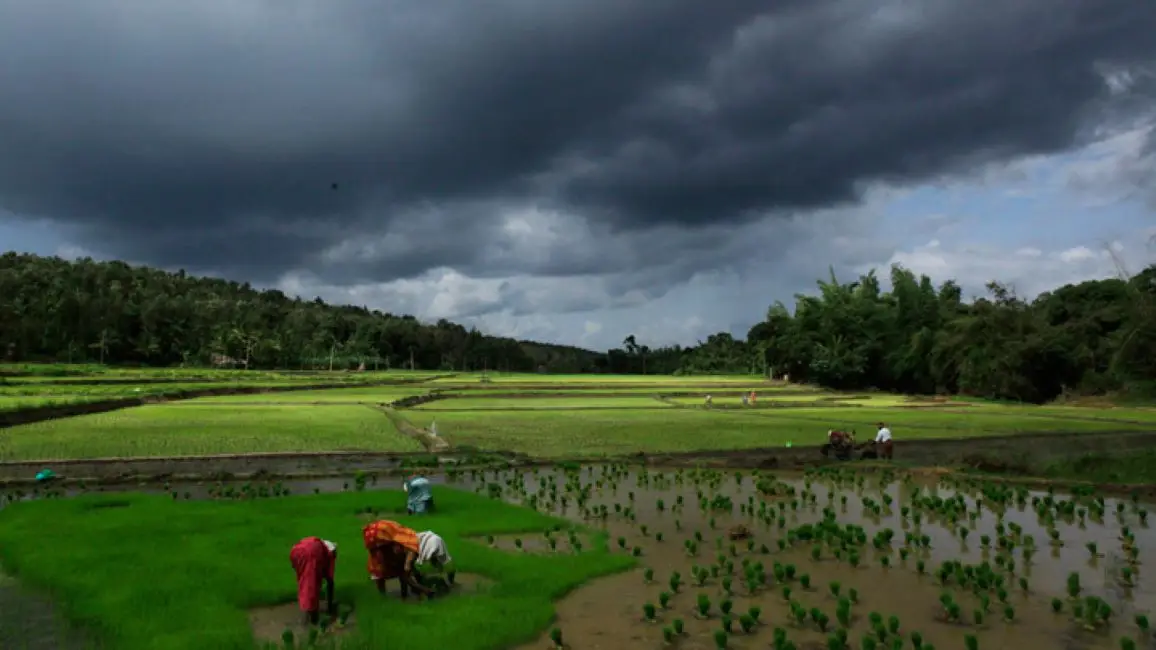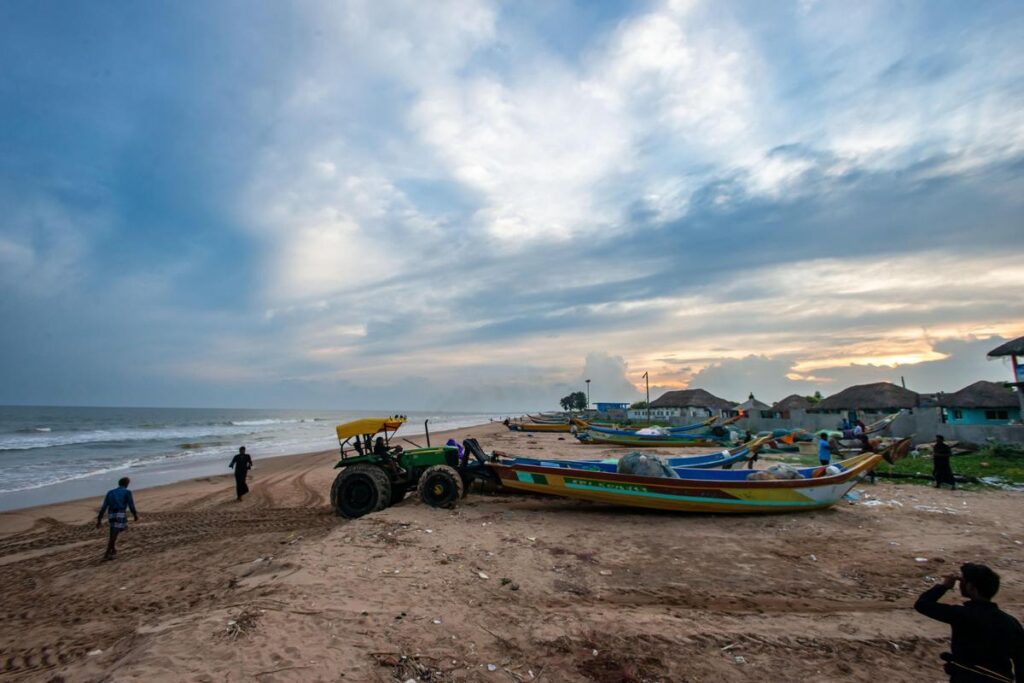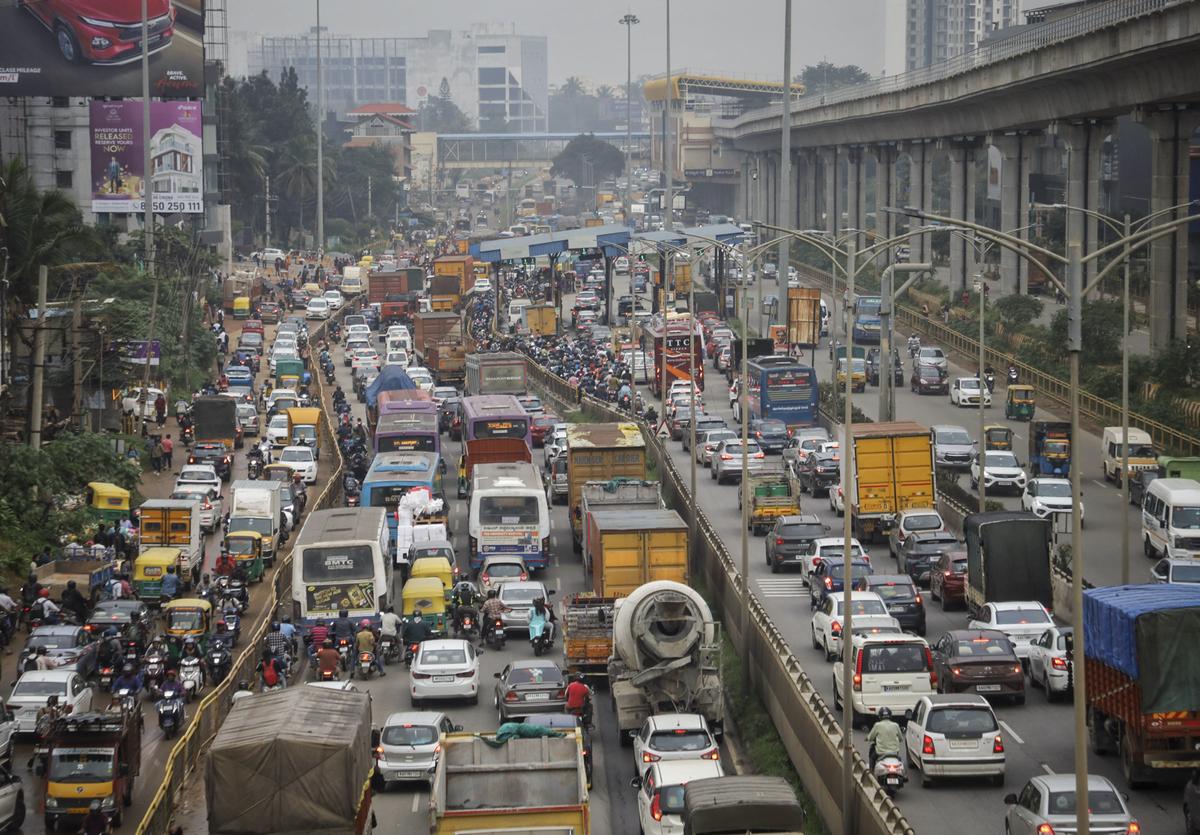Now Reading: Nashik Gears Up for Kharif Season: How Monsoon Delays Are Impacting Farmers
-
01
Nashik Gears Up for Kharif Season: How Monsoon Delays Are Impacting Farmers
Nashik Gears Up for Kharif Season: How Monsoon Delays Are Impacting Farmers

With the arrival of the Kharif season, farmers across Nashik district are preparing their fields, but this year, the delayed onset of monsoon has created growing concern. As agricultural schedules shift and input costs rise, the uncertainty is weighing heavily on cultivators who depend on timely rainfall to sow crops like soybean, bajra, and paddy.
A Season of Uncertainty Begins
Traditionally, by early June, many farmers in Nashik begin tilling and sowing in anticipation of the first showers. However, this year, the monsoon has been running behind schedule by over a week, disrupting the agricultural calendar.
For rain-fed farms—particularly in rural talukas like Dindori, Peth, and Nandgaon—the delay is more than just a weather inconvenience; it threatens to impact both yield and income.
Rising Input Costs, Shrinking Windows
The delay means that many farmers are holding off on seed purchases and fertiliser application. But with every passing day, costs continue to mount. Diesel prices, irrigation charges, and labour rates remain high, and farmers worry about being forced into last-minute decisions if rains don’t arrive soon.
Some farmers have already shifted plans—replacing water-sensitive crops like paddy with more resilient options such as pulses or millets. However, not all have the flexibility or resources to make such changes mid-season.
Experts Warn of Yield Risk
Agricultural experts in the region caution that late sowing can reduce the quality and quantity of the harvest. Crops planted after the ideal window often face poor root development, pest attacks, and reduced flowering periods.
Extension officers have advised farmers to closely monitor forecasts and consider short-duration crop varieties to manage risk. Yet, awareness and access to such alternatives remain limited in many remote areas.
Water Sources Under Pressure
While Nashik is better positioned than some regions due to the presence of dams and reservoirs, these too are showing lower-than-usual water levels for this time of year. Farmers who rely on canal irrigation fear that delayed rains will reduce water availability during the crucial growing months of July and August.
In tribal and hilly areas, where irrigation infrastructure is weaker, the dependence on rainfall is even more critical. The delay has already pushed some farmers to defer planting entirely.
Community Response and Resilience
Despite the challenges, farmers’ cooperatives and local agriculture groups are coordinating to provide updates, share resources, and press for government support if drought-like conditions persist. Some farmers are also experimenting with climate-resilient practices like mulching, drip irrigation, and organic inputs to reduce dependency on rain.
Many in the younger farming community are also using weather apps and WhatsApp groups to make real-time decisions—signalling a small but growing shift towards tech-aware agriculture in the region.
Conclusion: Waiting for the First Drop
As Nashik’s farmers wait for the monsoon to arrive in full swing, the sense of urgency is growing. The next two weeks are likely to be crucial in determining the course of the Kharif season.
While the region has experience in adapting to climate variations, consistent delays year after year are testing both patience and preparedness. For now, farmers continue to watch the skies—hoping that rain will come in time to save both crops and livelihoods.

























